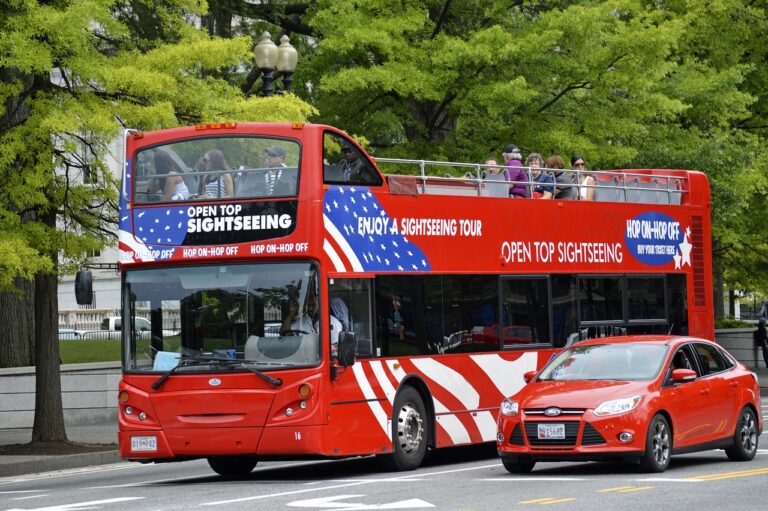The Future of Autonomous Vehicle Insurance: Usage-Based Models
Autonomous vehicles are set to revolutionize the transportation industry, with significant implications for the insurance sector. As the technology powering these self-driving cars advances, insurers are grappling with the challenges of underwriting and pricing policies for this emerging market. The traditional model of insurance, which heavily relies on human error as a key factor in evaluating risk, is being reexamined to account for the reduced incidence of accidents expected with autonomous vehicles. This shift in risk dynamics necessitates the development of new underwriting techniques and pricing structures to effectively cater to the needs of autonomous vehicle manufacturers and owners.
Moreover, the introduction of autonomous vehicles brings into question the liability framework in the event of accidents. As the responsibility for driving shifts from humans to technology, determining fault and assigning liability becomes a complex issue. Insurers must adapt their policies to address this shift, exploring new avenues for coverage and navigating the evolving legal landscape surrounding autonomous vehicles. Collaboration between insurance companies, regulators, and industry stakeholders is crucial to establish a cohesive framework that ensures adequate protection for all parties involved in the adoption of autonomous vehicles.
Challenges in Insuring Autonomous Vehicles
One of the primary challenges in insuring autonomous vehicles is the uncertainty surrounding liability. Determining who is at fault in the event of an accident involving an autonomous vehicle can be complex, as it may involve the vehicle’s manufacturer, the software developer, the vehicle owner, or even the passenger. This ambiguity makes it difficult for insurance companies to assess risks and set appropriate premiums.
Another challenge is the lack of data on the safety and performance of autonomous vehicles. Traditional insurance models rely on historical data to predict and manage risks, but with autonomous vehicles being a relatively new technology, there is limited data available. This makes it challenging for insurance companies to accurately assess the risks associated with insuring autonomous vehicles, leading to potential difficulties in pricing policies and providing adequate coverage.
Benefits of Usage-Based Insurance Models for Autonomous Vehicles
Usage-based insurance models for autonomous vehicles provide numerous advantages for both insurers and policyholders. By utilizing real-time data collected from the vehicles’ sensors and systems, insurers can offer more personalized and dynamic coverage plans based on actual driving behavior. This results in fairer premiums that are reflective of the individual’s risk profile, rather than relying on generalized statistics and assumptions.
Moreover, these models incentivize safer driving habits among users, as their insurance rates can be directly impacted by their driving performance. This not only promotes responsible behavior on the roads but also contributes to reducing the frequency of accidents and potential insurance claims. As insurers increasingly embrace usage-based insurance for autonomous vehicles, they are revolutionizing the traditional insurance industry by optimizing costs, enhancing customer experience, and fostering a culture of safety on the roads.
• By utilizing real-time data from sensors, insurers can offer personalized coverage plans
• Fairer premiums based on actual driving behavior rather than generalized statistics
• Incentivize safer driving habits among users
• Promotes responsible behavior and reduces accidents and insurance claims
• Optimizes costs for insurers and enhances customer experience
• Fosters a culture of safety on the roads
How will autonomous vehicles impact the insurance industry?
Autonomous vehicles are expected to reduce accidents significantly, leading to lower insurance claims and premiums for consumers.
What are some challenges in insuring autonomous vehicles?
Some challenges include determining fault in accidents involving autonomous vehicles, establishing liability between the vehicle manufacturer and the software developer, and the need for specialized insurance coverage.
What are the benefits of usage-based insurance models for autonomous vehicles?
Usage-based insurance models can offer personalized premiums based on individual driving habits, incentivize safe driving behavior, and provide more accurate risk assessment for insurers.





